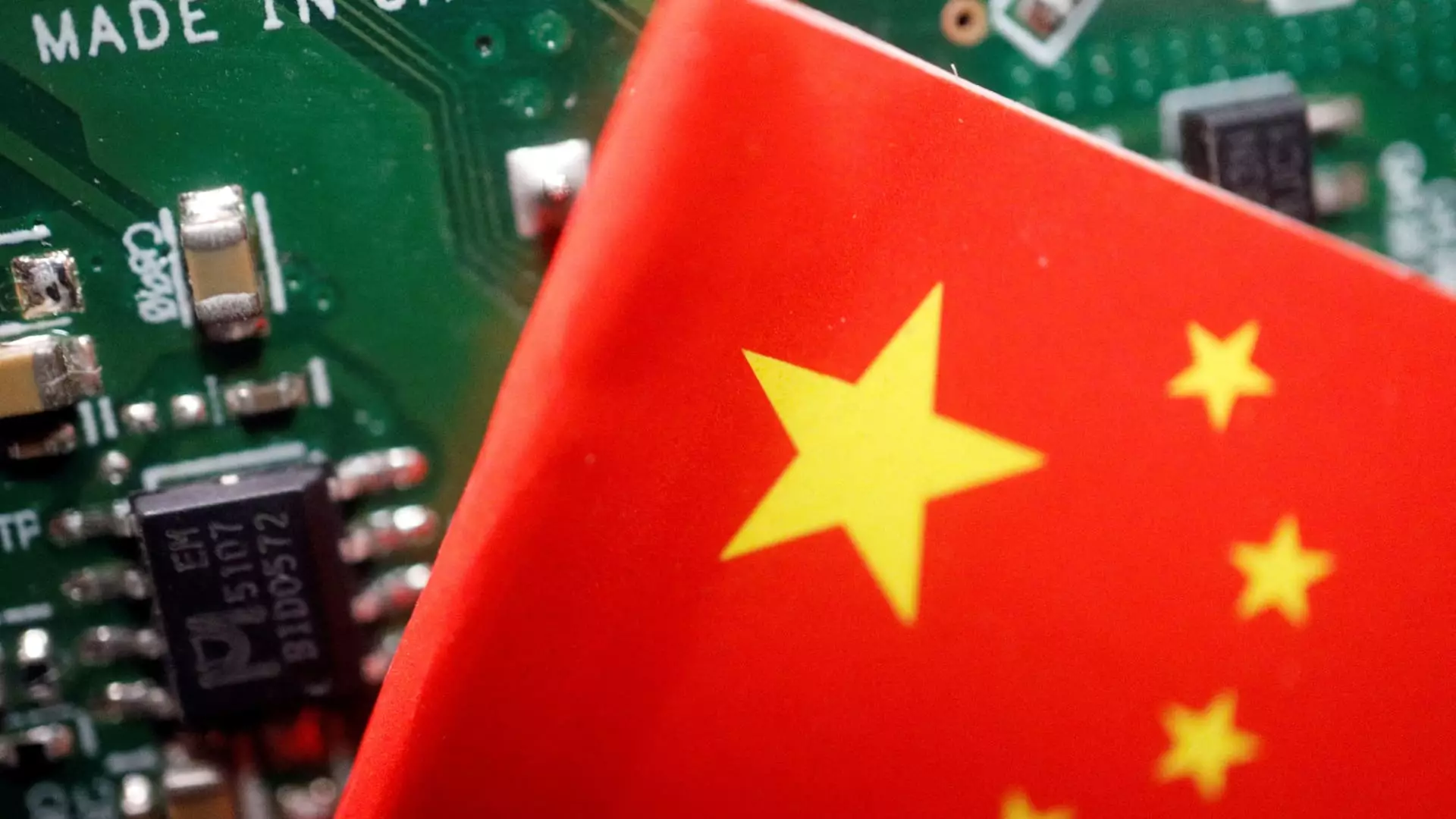China is at a critical juncture. As Finance Minister Lan Fo’an recently articulated, the nation possesses a unique opportunity to pivot its fiscal strategies in response to both domestic challenges and external pressures. Amidst a backdrop fraught with trade tensions, particularly from the United States, Beijing’s approach to fiscal policy underscores its proactive stance. This year’s “Two Sessions” parliamentary assembly revealed that China is not merely sitting back in the face of adversity but is gearing up to inject dynamism into its economy.
The crux of the issue revolves around how China intends to sustain its momentum in the face of rising tariffs and inconsistent consumer sentiment. With the U.S. administration’s aggressive tariff increases on Chinese goods, Beijing’s nuanced response—ranging from targeted duties to escalating its deficit—reveals a two-pronged approach: shield its economy from external shocks while simultaneously stimulating internal growth.
A Bold Increase in Deficit Spending
Historically, China has maintained a conservative fiscal stance. Yet, the latest announcement of raising its on-budget deficit to 4% of GDP signifies a monumental shift in strategy. This marks the highest level of deficit spending since at least 2010. It is a move filled with both promise and peril. Amplifying the deficit can stimulate consumption and investment, but it also raises questions about longer-term fiscal sustainability. What is particularly noteworthy is the government’s plan to issue 1.3 trillion yuan in ultra-long-term special treasury bonds to underpin consumer trade-ins. This could offer vital financial relief to sectors struggling under the weight of both tariffs and dwindling domestic consumption.
Shifting rosters of government priorities have placed consumption at the heart of economic recovery efforts. In the face of faltering consumer confidence and potential liquidity crises for local authorities, the proposed issuance of 4.4 trillion yuan in special-purpose bonds signals that the Chinese government is ready to tackle these financial troubles head-on.
Consumer Confidence: The Achilles’ Heel of Recovery
Despite ambitious fiscal interventions, the glaring challenge remains consumer sentiment. Recent analyses indicate that while economic growth targets have been set around 5%, there are serious concerns that over-reliance on strong exports has masked deeper issues—namely, that of sluggish domestic consumption. Camouflaged behind this growth is a staggering reliance on conditions that might not be sustainable in the coming years.
Chinese leaders, such as Zheng Shanjie of the National Development and Reform Commission, have acknowledged the urgency of addressing this sentiment issue. It is not enough to simply announce a pro-growth agenda; actionable plans and steadfast enthusiasm are equally critical. The meeting between President Xi Jinping and tech entrepreneurs symbolizes an attempt to rekindle private business innovation—a necessary antidote to public apathy towards spending.
Trade Wars: A Catalyst for Innovation?
The overarching narrative cannot overlook the external challenges posed by U.S.-China trade relations. Reference to U.S. measures—such as blacklisting major Chinese tech firms—serves to highlight a paradox: while these barriers are indeed burdensome, they may inadvertently push China towards greater self-reliance and innovation. Zheng’s assertion that adversity incites independent innovation rings true when considering that restrictions can serve as a crucible for creativity.
The reality is that the pressure exerted by the West may very well become a catalyst for unprecedented levels of innovation in core sectors such as technology and manufacturing. This can lead to the emergence of a robust domestic market that prioritizes homegrown solutions over foreign dependencies.
The Road Ahead: Uncertain yet Optimistic
As the global economic landscape continues to evolve at breakneck speed, the implications of China’s fiscal strategies in light of its contentious relationships with international trading partners cannot be overstated. The balance between enhancing consumption and nurturing innovation holds immense significance for positioning China as a resilient player on the world stage.
In this high-stakes game, Beijing must not only respond to financial pressures and external conflicts but also build an unwavering foundation of consumer trust and confidence. Amidst myriad challenges, it is this intricate balancing act that will ultimately define the trajectory of China’s economic future. The nation’s fiscal policies, though fraught with risk, could be the very lifeblood for an economy seeking to redefine itself against a backdrop of uncertainty.

Leave a Reply